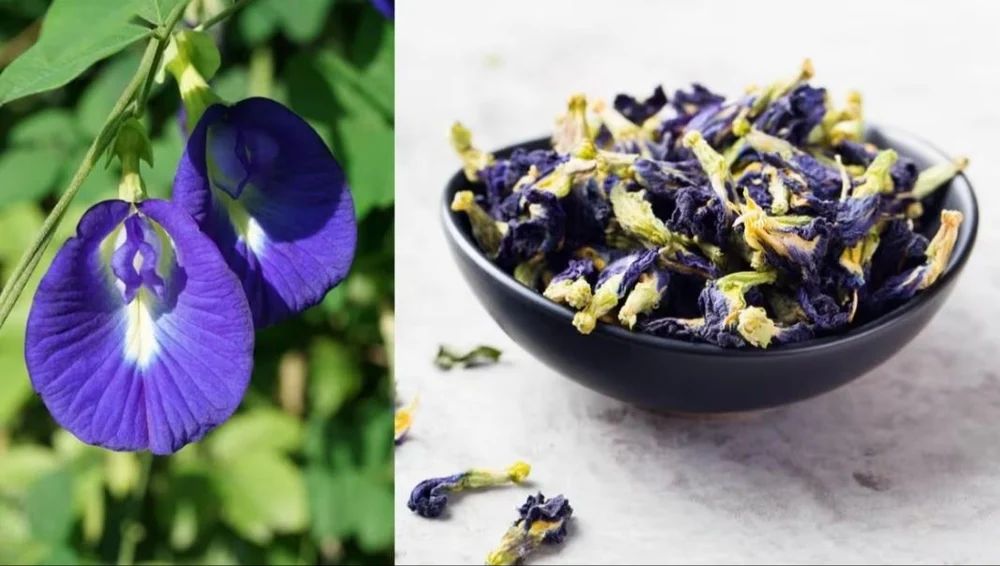Uncategorized
Agricultural Economy
Butterfly Pea Flower Seeds (Shankupushpam)
🌸 Description:
Shankupushpam, also known as Butterfly Pea or Aparajita, is a beautiful climbing plant recognized for its vibrant blue, white, or purple flowers shaped like butterfly wings. Botanically named Clitoria ternatea, this fast-growing vine is commonly seen in tropical and subtropical regions, often grown on fences, trellises, and balconies.
-
Nutrients: Butterfly pea flowers contain several antioxidants, including:
- Ternatins: These compounds have anti-inflammatory properties and may help prevent cancer cell growth.
- Kaemphferol: Known for its cancer-fighting properties.
- p-Coumaric acid: May have anti-inflammatory, antimicrobial, and antiviral effects.
- Delphinidin-3, 5-glucoside: May stimulate immune function and cause cell death in colorectal cancer cells3.
-
Uses:
- Herbal Tea: The flowers are commonly brewed into herbal tea, often combined with ingredients like lemongrass, honey, and lemon. The color of the tea changes based on its acidity, making it a popular choice for mixologists in specialty cocktails.
- Natural Dye: Butterfly pea flower is used as a natural dye for foods, drinks, textiles, and even cosmetics.
- Health Benefits: Some studies suggest that it may promote skin and hair health, aid in weight loss, and help regulate blood sugar levels3.
🌿 Medicinal Benefits:
-
Improves Memory & Brain Health – Known for its nootropic properties in Ayurveda.
-
Rich in Antioxidants – Helps fight free radicals and supports overall wellness.
-
Anti-Anxiety & Stress Relief – Promotes calmness and emotional balance.
-
Good for Hair & Skin – Strengthens hair roots and improves skin texture.
-
Supports Vision – Traditionally used to support healthy eyesight.
-
Natural Detox – Acts as a gentle body cleanser when consumed as tea.
🫖 How to Use:
-
To Grow:
-
Sow seeds in well-drained soil and keep in a sunny location.
-
Water moderately. Germination takes 1–2 weeks.
-
-
For Tea:
-
Pluck fresh or dried flowers.
-
Boil 4–5 flowers in a cup of water for 3–5 minutes.
-
Strain and enjoy warm or chilled.
-
Add lemon or honey for flavor (lemon changes the color to purple!).
-
-
In Cooking:
-
Use flower extract as a natural food colorant for rice, desserts, or cocktails.
-


